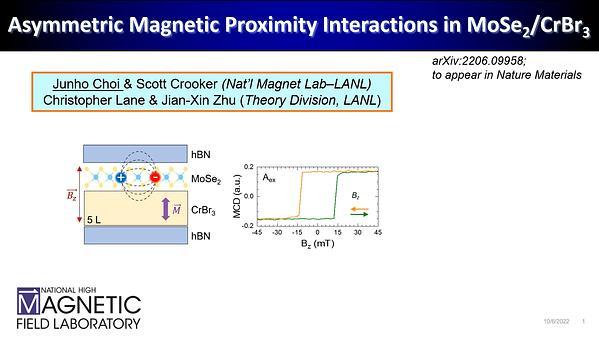Would you like to see your presentation here, made available to a global audience of researchers?
Add your own presentation or have us affordably record your next conference.
Soft actuators are required to deform, fold, or unfold in order to interact with their surroundings.1 One strategy to achieve the movement of mechanically soft systems is
the use of magnetic fields for untethered actuation. Flexible magnetic composites have been demonstrated as functional grippers, rollers, and walkers upon applied external magnetic fields.
2 Being controlled with electromagnetic coils, magnetic actuators can profit from high-speed actuation to quickly respond to their environment.3
The development of an appropriate sensory tracking system for soft actuators is a research topic with open challenges. Light, conformal, and mechanically imperceptible sensing systems
are to be developed to be compatible with soft actuators. In this work, we present flexible magnetosensitive electronic skin which relies on thin-film magnetic field sensors to enable
onboard folding control of origami-like soft actuators. The flexible electronic skin consists of thin film giant magnetoresistive GMR and Hall effect sensors that are used to measure the
magnetization state of the actuator, the applied magnetic fields, and the completeness of the bending process. The resulting intelligent material is mechanically designed to fold even when
the flexible magnetic skin is attached to the soft actuator.4
The magnetic origami actuators are made of thin DiAPLEX foils, a shape memory polymer, with embedded NdFeB particles. Such composite can be used to achieve magnetically induced
motion using magnetic fields and a directed light source to increase locally the temperature. We experimentally found the best thickness (60 μm) and concentration (40 NdFeB wt%)
parameters to achieve magnetic folds.4
The integration of magnetic soft actuators with e-skins allowed the self-guided assembly of the origami foils. We showed two case studies showing that this approach is useful for
assembling boxes and boat-like origami shapes. This integration process was monitored, followed, and controlled by the output of the laminated sensors. 4
References:
1 A. Miriyev, K. Stack, H. Lipson, et al. Nat. Commun., Vol. 8, p.596 (2017)
2 S. Wu, W. Hu, Q. Ze, et al. Multifunct. Mater. Vol. 3, p.042003 (2020)
3 X. Wang, G. Mao, G. Jin, et al. Commun. Matter. Vol. 1, p.67 (2020)
4 M. Ha, G.S. Cañón Bermúdez, J.A.-C- Liu, et al. Adv. Mater. Vol. 33, p.2008751 (2021)
